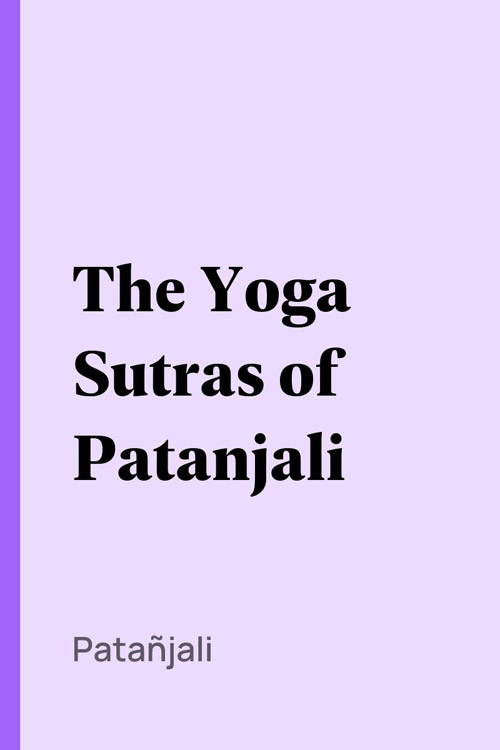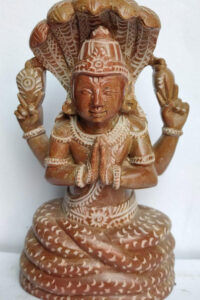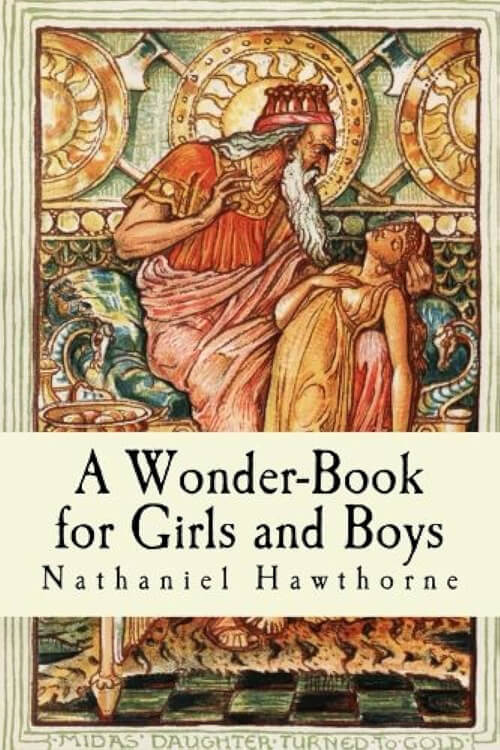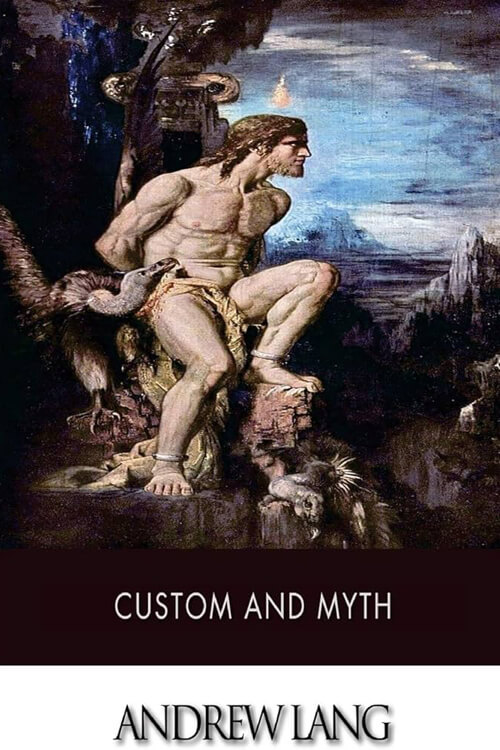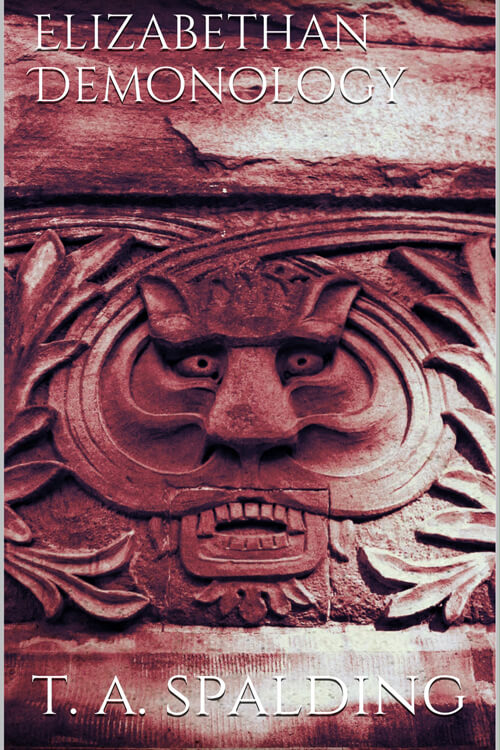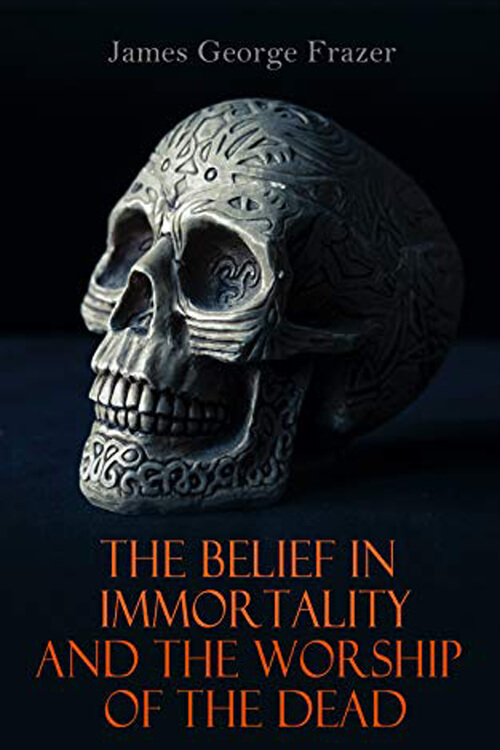
The Yoga Sutras of Patanjalithe
The Yoga Sutras of Patañjali is a collection of Sanskrit sutras (aphorisms) on the theory and practice of yoga – 195 sutras (according to Vyāsa and Krishnamacharya) and 196 sutras (according to others, including BKS Iyengar). The Yoga Sutras were compiled in the early centuries CE by the sage Patanjali in India, who synthesized and organized knowledge about yoga from much older traditions. The Yoga Sutras are best known for their reference to ashtanga, eight practice elements culminating in samadhi. The eight elements are Yama (abstinences), niyama (observances), asana (yoga posture), pranayama (breath control), pratyahara (withdrawal of the senses), Dharana (concentration of the mind), dhyana (meditation) and samadhi (absorption). The main aim of the practice is kaivalya, discernment of purusha, the witness-consciousness, as distinct from Prakriti, the cognitive apparatus, and the disentanglement of purusha from prakriti’s muddled defilements.
The Yoga Sutras are built on Samkhya notions of Purusha and Prakriti and are often seen as complementary to it. It is closely related to Buddhism, incorporating some of its terminology. Samkhya, Yoga, and Vedanta, as well as Jainism and Buddhism, can be seen as representing different manifestations of a broad stream of ascetic traditions in ancient India, in contrast to the Bhakti traditions and Vedic ritualism which were prevalent at the time. The contemporary Yoga tradition holds the Yoga Sutras of Patañjali to be one of the foundational texts of classical Yoga philosophy. However, the appropriation – and misappropriation – of the Yoga Sutras and its influence on later systematizations of yoga has been questioned by David Gordon White, who argues that the text fell into relative obscurity for nearly 700 years from the 12th to 19th century and made a comeback in the late 19th century due to the efforts of Swami Vivekananda, the Theosophical Society, and others. It gained prominence as a classic in the 20th century.
Read or download Book
Maharshi Patanjali
Patanjali, also called Gonardiya or Gonikaputra, was a Hindu author, mystic, and philosopher.
Biography.
Estimates based on analysis of his works suggest that he may have lived between the 2nd century BCE and the 4th century CE. Patanjali is regarded as an avatar of Adi Sesha. He is believed to be an author and compiler of many Sanskrit works. The greatest of these are the Yoga Sutras, a classical yoga text. There is speculation as to whether the sage Patañjali is the author of all the works attributed to him, as there are many known historical authors of the same name. A great deal of scholarship has been devoted over the 20th century to the issue of the historicity or identity of this author or these authors.
Many scholars, including Louis Renou, have suggested that the Patañjali who wrote on Yoga was a different person than the Patanjali who wrote a commentary on Panini’s grammar. In 1914, James Wood proposed that they were the same person. In 1922, Surendranath Dasgupta presented a series of arguments to suggest that the famed Grammar text and the Yoga text author may be identical. The view that these were likely two different authors is generally accepted, but some Western scholars consider them a single entity. Some in the Indian tradition have held that one Patañjali wrote treatises on grammar, medicine, and yoga.

